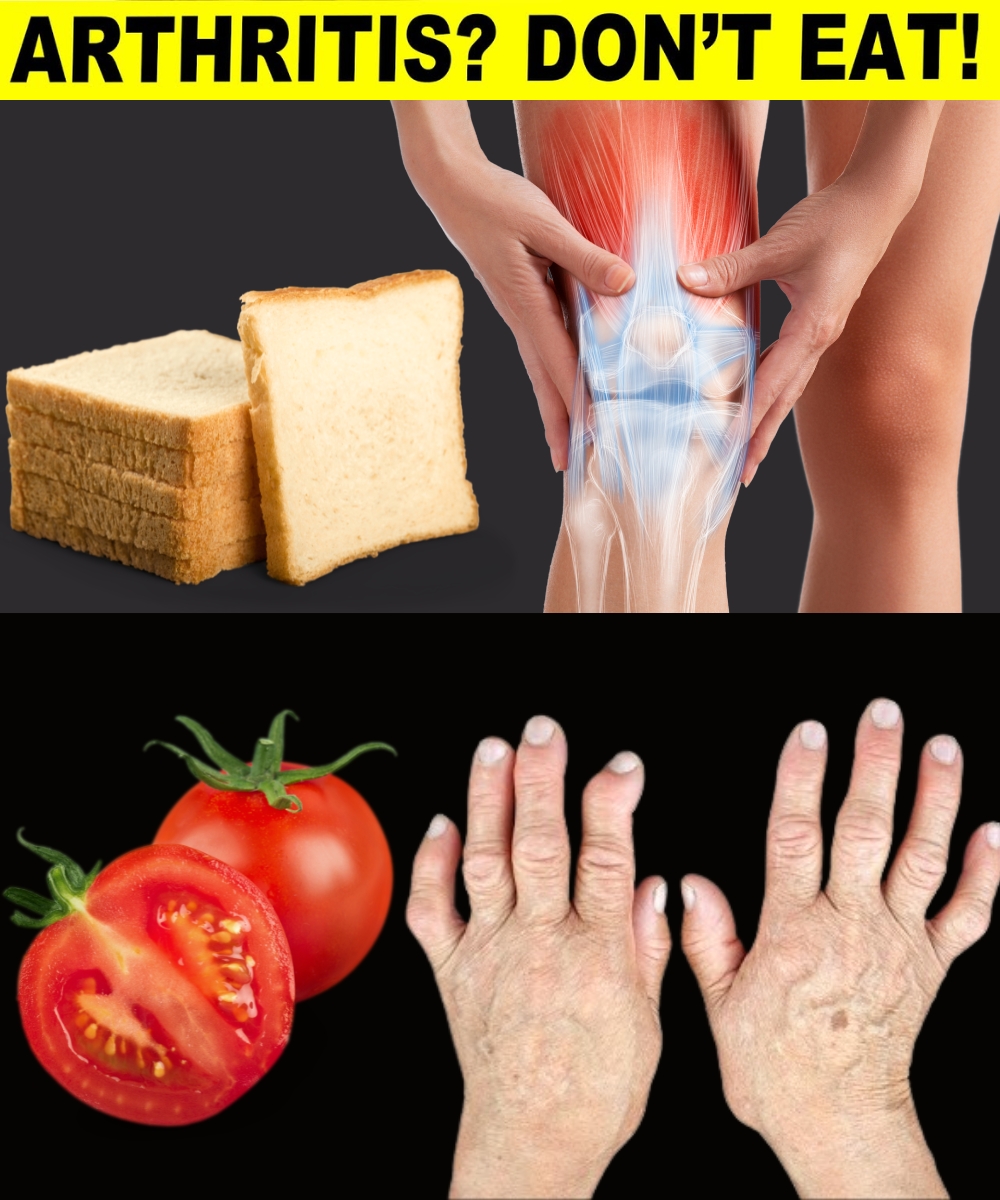ADVERTISEMENT
#### **4. Dairy Products**
While dairy is a good source of calcium and vitamin D, it can be problematic for some people with arthritis. Some individuals with arthritis, particularly those with rheumatoid arthritis, may experience increased inflammation after consuming dairy products. This may be due to the proteins found in dairy, which can trigger an immune response and worsen symptoms.
Dairy can also cause digestive discomfort for people with lactose intolerance, which is common in people with arthritis. The discomfort may include bloating, gas, and diarrhea, which can exacerbate inflammation in the body.
**Alternatives:** Consider non-dairy alternatives like almond milk, coconut milk, or soy milk. There are also many dairy-free cheeses, yogurts, and other dairy substitutes available.
#### **5. Alcohol**
Excessive alcohol consumption can increase inflammation and interfere with the effectiveness of medications used to treat arthritis, particularly those for rheumatoid arthritis. Alcohol can impair the liver’s ability to metabolize medications, leading to potential side effects and reduced treatment efficacy.
In addition to these effects, alcohol can promote dehydration, which can exacerbate joint pain and discomfort. Dehydration can cause the joints to lose lubrication, leading to stiffness and increased pain.
**Alternatives:** If you enjoy alcoholic beverages, try to limit your intake and opt for lighter options like wine or beer in moderation. Always consult your healthcare provider about alcohol use and its potential impact on your arthritis medications.
#### **6. Artificial Sweeteners**
Artificial sweeteners like aspartame, sucralose, and saccharin are often used as sugar substitutes in diet sodas and processed foods. However, these artificial sweeteners have been linked to an increased risk of inflammation, especially in people with autoimmune conditions like rheumatoid arthritis.
Some studies have suggested that artificial sweeteners may interfere with gut bacteria and lead to an imbalance that promotes inflammation. Additionally, consuming these sweeteners can create cravings for sweeter foods, which may encourage the intake of other inflammatory foods like sugary snacks.
**Alternatives:** Choose natural sweeteners like stevia or monk fruit, or reduce your intake of sweeteners altogether. Opt for naturally sweet foods like fruits and berries to satisfy sugar cravings.
#### **7. Omega-6 Fatty Acids**
Omega-6 fatty acids are essential fats that the body needs for various functions, but the typical Western diet is often overly rich in omega-6 fatty acids. These fats are found in many vegetable oils such as corn oil, soybean oil, sunflower oil, and cottonseed oil. While omega-6 fatty acids are necessary for health, an imbalance with omega-3 fatty acids (which have anti-inflammatory properties) can lead to inflammation and exacerbate arthritis symptoms.
An overconsumption of omega-6 fatty acids, especially when the intake of omega-3s is insufficient, can promote the production of pro-inflammatory molecules in the body.
**Alternatives:** Use olive oil or avocado oil for cooking, as they contain more omega-3s and monounsaturated fats, which have anti-inflammatory effects. Incorporate omega-3-rich foods such as fatty fish (salmon, mackerel, sardines), flaxseeds, chia seeds, and walnuts into your diet.
#### **8. Gluten**
Gluten is a protein found in wheat, barley, and rye, and it is commonly found in bread, pasta, cakes, and many processed foods. For some people with arthritis, particularly those with rheumatoid arthritis or other autoimmune conditions, gluten can trigger an inflammatory response that exacerbates symptoms.
While gluten sensitivity is not the same for everyone, studies have shown that some people with arthritis experience relief from symptoms after eliminating gluten from their diet. Gluten can also increase the production of pro-inflammatory cytokines in the body, leading to heightened inflammation.
**Alternatives:** If you suspect gluten may be worsening your arthritis, try a gluten-free diet. There are many gluten-free grains, such as rice, quinoa, and corn, as well as gluten-free pasta and bread options available.
#### **9. Nightshade Vegetables**
Nightshade vegetables, such as tomatoes, eggplants, potatoes, and peppers, contain alkaloids that may increase inflammation in some people with arthritis. While not everyone is sensitive to nightshades, those with arthritis—especially osteoarthritis—may find that these vegetables exacerbate pain and swelling.
Nightshades have been shown to potentially increase calcium deposits in the joints, which can aggravate arthritis symptoms. If you notice that your symptoms worsen after consuming nightshades, you may want to eliminate them from your diet and observe any improvements.
**Alternatives:** If you suspect nightshades are affecting your arthritis, try avoiding them and focusing on other vegetables like leafy greens, carrots, cucumbers, and zucchini.
—
### **Conclusion**
Managing arthritis through diet is an essential component of overall treatment. By eliminating or reducing the consumption of certain foods, you can help reduce inflammation, alleviate pain, and improve your quality of life. The foods listed in this article—processed meats, fried foods, refined carbohydrates, dairy, alcohol, artificial sweeteners, omega-6 fatty acids, gluten, and nightshades—are some of the top offenders when it comes to exacerbating arthritis symptoms. By making mindful choices and replacing these inflammatory foods with anti-inflammatory alternatives, you can help better manage your arthritis and support your joint health.
Incorporating a diet rich in fruits, vegetables, lean proteins, healthy fats, and whole grains can support a reduction in inflammation and provide relief from arthritis symptoms. It’s always a good idea to consult with your healthcare provider or a nutritionist before making any significant changes to your diet, especially if you’re managing arthritis or any other chronic health condition.
By making these dietary adjustments, you’ll be taking a proactive step toward better managing arthritis, supporting your joints, and enjoying a higher quality of life.
